Weekend Pick for November 25, 2022
Looking for something to read?
Check out our weekly suggestions!
Are your students looking for book recommendations?
Send them to browse through the picks for this or past years.
For the picks from 2021 click here
For the picks from 2020 click here.
For older picks click from 2019 click here.
For the even older picks click here.
Check out our weekly suggestions!
Are your students looking for book recommendations?
Send them to browse through the picks for this or past years.
For the picks from 2021 click here
For the picks from 2020 click here.
For older picks click from 2019 click here.
For the even older picks click here.
The Lion, The Witch, and the Wardrobe by C.S. Lewis: What’s Important and Why?
This Weekend Pick is brought to you by Basil Conway IV.
Basil Conway IV is an associate professor of mathematics education at Columbus State University.
Basil Conway IV is an associate professor of mathematics education at Columbus State University.
| He and his family attend Trinity Presbyterian Church in Opelika, AL; a Calvinist and reformed Presbyterian Church of America. His children are currently 12 and 9, and he has been married to one wife for nearly 20 years. He began his professional career in education in 2005 after graduating from Auburn University. Since that time, he has went on to earn a Masters of Science in Statistics from Colorado State University and a Masters of Education and Doctorate of Philosophy in mathematics education from Auburn University. His research foci have been in statistics education, de-tracking, teaching for social justice, equity, access, and empowerment. |
| When I began my career as a middle school teacher in 2005, I was passionate about mathematics and mathematics education. My first position was teaching the same mathematics class for 6 different periods with one reading course. I had very little pedagogical training in reading education or literature. Little did I know that this would be one of the most impactful classes for me as a professional educator and a parent. Perhaps in conjunction with or opposed to research in this area, we read two books together out loud each semester. I learned who was able to read well orally and those who struggled more in this area. Though there were differences in pace, I still required students to read out loud and follow along. I provided time for each student to grow in this area. Throughout the year, I would see improved reading skills. Providentially, the second book I required for students to read was The Lion, the Witch, and the Wardrobe by C.S. Lewis, because it aligned perfectly with the motion picture release in 2005, my first year teaching. Little did I know how much this book and its sisters would impact me pedagogically, philosophically, and personally through the next 17 years. |
Pedagogically
Developing as a reading teacher in my first seven years of teaching, I began to include projects in my classes. This was largely attributed to my pedagogical training in mathematics education; however, my reading course provided me a pathway to integrating students’ lives into the classroom. Though my earlier years of teaching were largely focused only on mathematical standards, I grew to want students to have opportunities to connect their mathematics and their reading to their own lives, cultures, experiences, and faith. This began to be more and more incorporated during my teaching and has been a major artifact of the recent two books Mathematics Lessons to Explore, Understand, and Respond to Social Injustice I have co-authored.
Allowing students to reflect on The Chronicles of Narnia: The Lion the Witch and The Wardrobe and its themes, characters, mythologies, plot, and individual stories were very impactful for everyone involved in the reading of the literature. Some students would bring out the different types of creatures like the fauns, centaurs, unicorns, dwarfs, dryads, minotaurs, and elves and their relationship to Greek mythology. Some students would focus on different parts of the story that connected with their religious faith such as Aslan's willing sacrifice to purchase Edmund from the White Witch after he betrayed his family and friends. Even those of non-religious backgrounds were able to make connections to bravery, persistence, and other character traits exemplified from the plot lines and characters of the story.
Early in my career, The Lion, The Witch, and The Wardrobe provided me an opportunity to provide students with the joyful experience of open tasks. Open tasks in mathematics education are tasks that purposefully have multiple solutions or multiple solution pathways. These tasks provide opportunities to value student assets, experiences, and cultures in the classroom much like literature. Literature teachers and teachers incorporating open tasks and literature can anticipate potential conversions in the classroom by purposefully selecting texts that relate to students. They can go further by having discussions in their classrooms in small groups, monitoring their relationships to the literature. Teachers may then purposefully select conversations in the classroom and sequence these conversations to make larger connections to the plots and themes of the class text. Literature that integrates students' culture, experiences, and faith provides a pathway for students to connect to each other and share their stories.
Developing as a reading teacher in my first seven years of teaching, I began to include projects in my classes. This was largely attributed to my pedagogical training in mathematics education; however, my reading course provided me a pathway to integrating students’ lives into the classroom. Though my earlier years of teaching were largely focused only on mathematical standards, I grew to want students to have opportunities to connect their mathematics and their reading to their own lives, cultures, experiences, and faith. This began to be more and more incorporated during my teaching and has been a major artifact of the recent two books Mathematics Lessons to Explore, Understand, and Respond to Social Injustice I have co-authored.
Allowing students to reflect on The Chronicles of Narnia: The Lion the Witch and The Wardrobe and its themes, characters, mythologies, plot, and individual stories were very impactful for everyone involved in the reading of the literature. Some students would bring out the different types of creatures like the fauns, centaurs, unicorns, dwarfs, dryads, minotaurs, and elves and their relationship to Greek mythology. Some students would focus on different parts of the story that connected with their religious faith such as Aslan's willing sacrifice to purchase Edmund from the White Witch after he betrayed his family and friends. Even those of non-religious backgrounds were able to make connections to bravery, persistence, and other character traits exemplified from the plot lines and characters of the story.
Early in my career, The Lion, The Witch, and The Wardrobe provided me an opportunity to provide students with the joyful experience of open tasks. Open tasks in mathematics education are tasks that purposefully have multiple solutions or multiple solution pathways. These tasks provide opportunities to value student assets, experiences, and cultures in the classroom much like literature. Literature teachers and teachers incorporating open tasks and literature can anticipate potential conversions in the classroom by purposefully selecting texts that relate to students. They can go further by having discussions in their classrooms in small groups, monitoring their relationships to the literature. Teachers may then purposefully select conversations in the classroom and sequence these conversations to make larger connections to the plots and themes of the class text. Literature that integrates students' culture, experiences, and faith provides a pathway for students to connect to each other and share their stories.
Philosophically
Aristotle was attributed with saying, “it is the mark of an educated mind to entertain a thought without accepting it.” Similarly, he was purported to write, “educating the mind without educating the heart is no education at all.” These two statements lay at the center of my educational philosophy. Literature and open tasks begin to put us in this space. Stories can be related to by experiences and truth can be tested by reason. Claims can be tested by logic and beliefs rooted in worldviews. Discussion of these ideas in the logic and rhetoric stage of student development is essential to developing a well rounded student.
Aristotle was attributed with saying, “it is the mark of an educated mind to entertain a thought without accepting it.” Similarly, he was purported to write, “educating the mind without educating the heart is no education at all.” These two statements lay at the center of my educational philosophy. Literature and open tasks begin to put us in this space. Stories can be related to by experiences and truth can be tested by reason. Claims can be tested by logic and beliefs rooted in worldviews. Discussion of these ideas in the logic and rhetoric stage of student development is essential to developing a well rounded student.
| Unfortunately, much culturally responsive pedagogy is focused at surface and shallow levels of culture. Chula Chansa highlights an illustration by Hammond (2014) in the Culture Tree that depicts different levels of culture. Similar to Chansa, I believe we need to encourage deeper reflection and cultural responsiveness in our literature and task selections. In addition to purposefully choosing these tasks, we need to monitor, select, sequence, and connect students to deeper cultural connections that relate to their own beliefs, values, religion, and experiences. These class discussions should inform decision making and promote concepts of self that integrate students spirituality and interaction with the world. Multicultural education often focuses on holidays, food parties, art, stories, clothes, and music. Though there is nothing wrong with these foci, they are largely only informative. |
These experiences are often deepened when they are connected with how these cultures interact with each other through relationships, eye contact, family practices, and character traits, the limbs of the pictorial representation. Students blessed enough to experience literature that express these ideas or even experience them first hand have a deeper understanding of the culture that makes up a society. However, many students are rarely offered opportunities to discuss and think through the intersections of their own concepts of self, spirituality, worldviews, or notions of fairness with those of other cultures that may be present in different stories or mathematical tasks that incorporate real world phenomena. Students are even more rarely challenged to develop a critical consciousness and analyze notions of fairness or their own sinful natures. Teachers need to provide safe spaces and opportunities for students to discuss their own decision making process that utilizes their own worldviews that come from their homes and beliefs. Opportunities like this promote diversity, respect, tolerance, and acceptance.
Personally
Through my own experiences, I have come to realize the huge impact literature has on myself and others. In my family's home, we purposefully use literature that depicts a historical Christian worldview and encourage our children to test truths with reasoning and scripture. We come from a culture and worldview that holds the five solas of the protestant reformation in utmost regard. We believe that scripture alone informs us of spiritual truths and should be used to guide our notions of spirituality, morality and God. Our stories and discussions focus on the total depravity or sinful nature of the human condition to purposefully elicit discussion around our worldview. These ideas permeate the stories that fill the Chronicles of Narnia series. We utilize stories that incorporate solutions to these issues that offer opportunities to connect with the God of the universe, who calls all people to himself and offers himself as a propitiation and righteousness for the elect. We see a wonderful parallel of the night before the death of Jesus and Aslan in John 17 of the Bible and Chapter 13 and 14 of the Lion, the Witch, and the Wardrobe:
"Peace, Beaver," said Aslan. "All names will soon be restored to their proper owners. In the meantime we will not dispute about them. Tell your mistress, Son of Earth, that I grant her safe conduct on condition that she leaves her wand behind her at that great oak."
I’ve unfortunately come to realize that a connection to deep culture just isn’t happening in public education. Opportunities for students to express their spirituality, worldviews, and morality are often not seen as assets or diminished to focus on moral relativism without spirituality. Thus, I have purposefully chosen literature for my children over the last twelve years to read together as a family that teach them about our deep culture. My wife and I began with stories like The Tallest of Smalls (my son recorded me reading this on YouTube in 2019: https://www.youtube.com/watch?v=73icfnoFxC8) and The Oak Inside the Acorn both by Max Lucado. We later read together book series like The Prince Warriors by Priscilla Shirer with Gena Detwiler and the Chronicles of Narnia series by C.S. Lewis. As they have become older, we have purposefully read through the Bible together and completed readings as a family that dive into our Christian beliefs by integrating the Westminster Shorter Catechism with Bible readings, Training Hearts, Teaching Minds: Family Devotions Based on the Shorter Catechism.
Conclusion
The books we choose for our classes and families do matter. How we connect these books with students’ community and family assets does matter. We can decide to stay at surface and shallow levels of culture, or we can encourage deeper cultural connections by the assignments and discussions we allow and encourage to happen in class. My family hopes for the literature and truths we read together as a family to provide a solid foundation for discussions during class that dive deep into their own culture. My wife and I hope to prepare our two boys to face a world that may believe differently than them and give them a foundation for justifying themselves with reasoning and truth when the opportunity does arise for them to share their beliefs and culture. I encourage those picking literature to include opportunities for students to go deep with culture. Develop your philosophical and pedagogical framework to encourage students to be validated and find solace in your classroom. Let this deepness develop into strong limbs and eventually produce fruit in the cultural tree you have been called to cultivate.
Note: For educators who may be fearful of encouraging deep root conversations in public k12 schools, Chrisitan Educators provides a number of free resources to encourage legal and ethical inclusion of religion and spirituality in schools: Resource Center - Christian Educators.
References:
Chansa, C. (2020). The culture tree. Retrieved from https://www.africanawoman.com/post/the-culture-tree.
Hammond, Z. (2014). Culturally responsive teaching and the brain: Promoting authentic engagement and rigor among culturally and linguistically diverse students. Corwin Press.
Lewis, C. S. (2001). The Chronicles of Narnia. Harper Collins.
Lucado, M. (2003). The tallest of smalls. Thomas Nelson Inc.
Lucado, M. (2011). The oak inside the acorn. Thomas Nelson Inc.
Meade, S. (2000). Training hearts, teaching minds: Family devotions based on the shorter catechism. P&R Publishing
Shirer, P. (2016). The prince warriors. B&H Publishing Group.
Through my own experiences, I have come to realize the huge impact literature has on myself and others. In my family's home, we purposefully use literature that depicts a historical Christian worldview and encourage our children to test truths with reasoning and scripture. We come from a culture and worldview that holds the five solas of the protestant reformation in utmost regard. We believe that scripture alone informs us of spiritual truths and should be used to guide our notions of spirituality, morality and God. Our stories and discussions focus on the total depravity or sinful nature of the human condition to purposefully elicit discussion around our worldview. These ideas permeate the stories that fill the Chronicles of Narnia series. We utilize stories that incorporate solutions to these issues that offer opportunities to connect with the God of the universe, who calls all people to himself and offers himself as a propitiation and righteousness for the elect. We see a wonderful parallel of the night before the death of Jesus and Aslan in John 17 of the Bible and Chapter 13 and 14 of the Lion, the Witch, and the Wardrobe:
"Peace, Beaver," said Aslan. "All names will soon be restored to their proper owners. In the meantime we will not dispute about them. Tell your mistress, Son of Earth, that I grant her safe conduct on condition that she leaves her wand behind her at that great oak."
I’ve unfortunately come to realize that a connection to deep culture just isn’t happening in public education. Opportunities for students to express their spirituality, worldviews, and morality are often not seen as assets or diminished to focus on moral relativism without spirituality. Thus, I have purposefully chosen literature for my children over the last twelve years to read together as a family that teach them about our deep culture. My wife and I began with stories like The Tallest of Smalls (my son recorded me reading this on YouTube in 2019: https://www.youtube.com/watch?v=73icfnoFxC8) and The Oak Inside the Acorn both by Max Lucado. We later read together book series like The Prince Warriors by Priscilla Shirer with Gena Detwiler and the Chronicles of Narnia series by C.S. Lewis. As they have become older, we have purposefully read through the Bible together and completed readings as a family that dive into our Christian beliefs by integrating the Westminster Shorter Catechism with Bible readings, Training Hearts, Teaching Minds: Family Devotions Based on the Shorter Catechism.
Conclusion
The books we choose for our classes and families do matter. How we connect these books with students’ community and family assets does matter. We can decide to stay at surface and shallow levels of culture, or we can encourage deeper cultural connections by the assignments and discussions we allow and encourage to happen in class. My family hopes for the literature and truths we read together as a family to provide a solid foundation for discussions during class that dive deep into their own culture. My wife and I hope to prepare our two boys to face a world that may believe differently than them and give them a foundation for justifying themselves with reasoning and truth when the opportunity does arise for them to share their beliefs and culture. I encourage those picking literature to include opportunities for students to go deep with culture. Develop your philosophical and pedagogical framework to encourage students to be validated and find solace in your classroom. Let this deepness develop into strong limbs and eventually produce fruit in the cultural tree you have been called to cultivate.
Note: For educators who may be fearful of encouraging deep root conversations in public k12 schools, Chrisitan Educators provides a number of free resources to encourage legal and ethical inclusion of religion and spirituality in schools: Resource Center - Christian Educators.
References:
Chansa, C. (2020). The culture tree. Retrieved from https://www.africanawoman.com/post/the-culture-tree.
Hammond, Z. (2014). Culturally responsive teaching and the brain: Promoting authentic engagement and rigor among culturally and linguistically diverse students. Corwin Press.
Lewis, C. S. (2001). The Chronicles of Narnia. Harper Collins.
Lucado, M. (2003). The tallest of smalls. Thomas Nelson Inc.
Lucado, M. (2011). The oak inside the acorn. Thomas Nelson Inc.
Meade, S. (2000). Training hearts, teaching minds: Family devotions based on the shorter catechism. P&R Publishing
Shirer, P. (2016). The prince warriors. B&H Publishing Group.
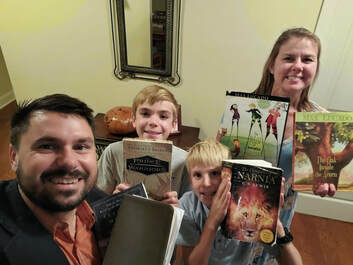
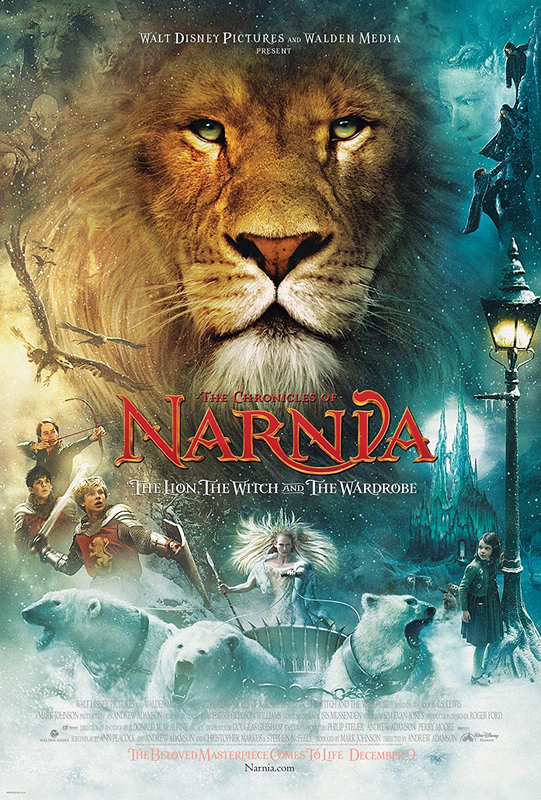
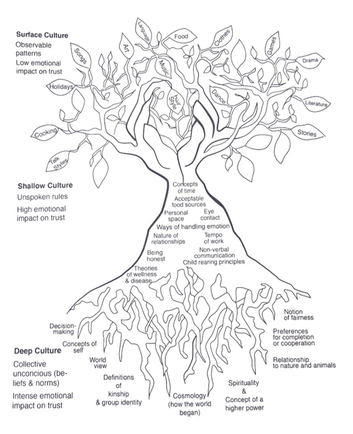
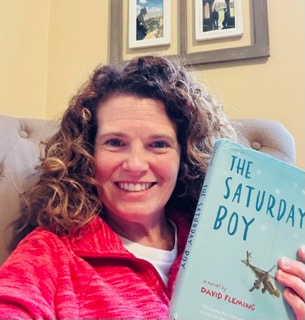
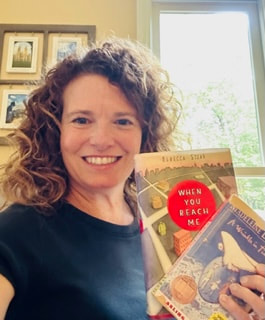

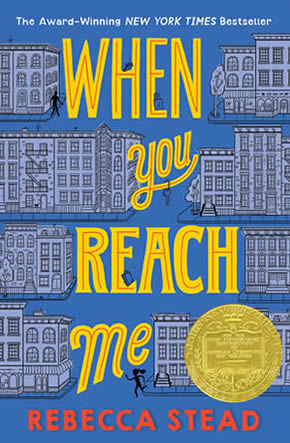
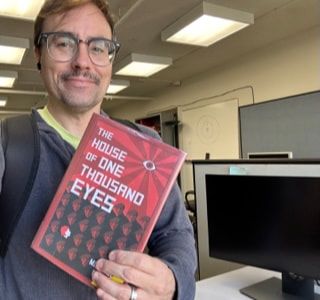
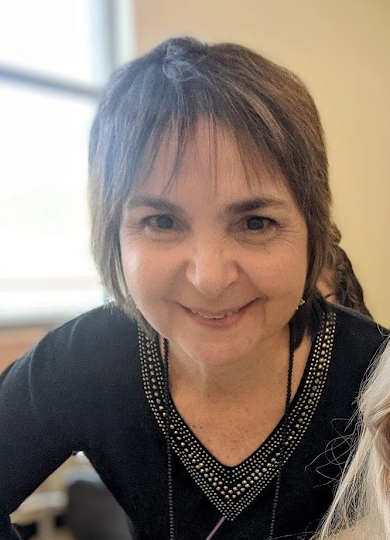

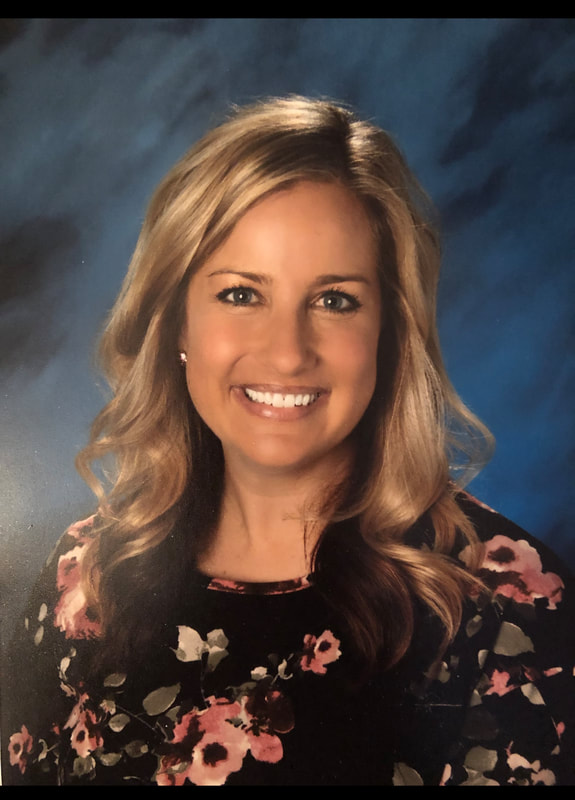
 RSS Feed
RSS Feed